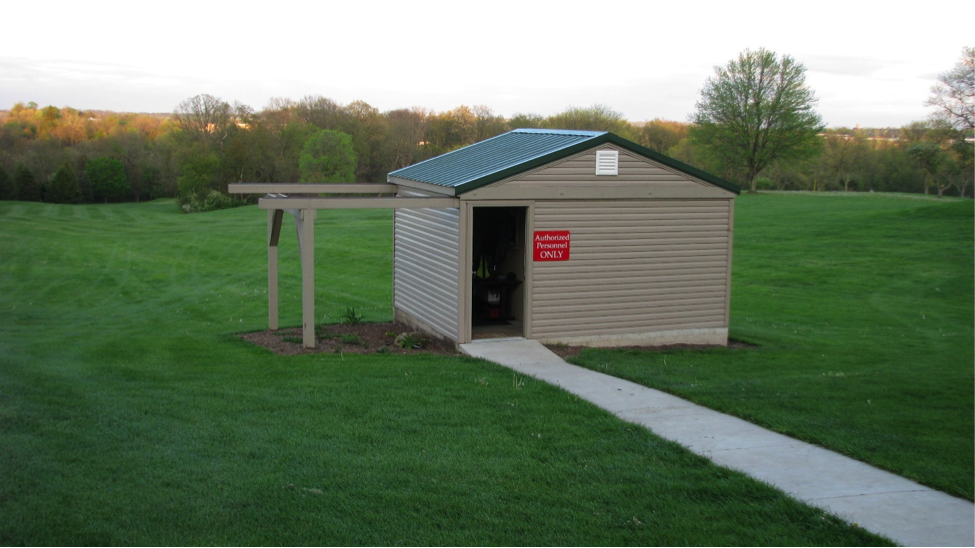
The night sky is full of wonder and splendor. Stars, many more than one can count by themselves, and what a great expanse it truly is, reaching beyond our visible universe. In the vast nothingness, there are things that we can still learn through observation. The first step to learning though is by making sure we have the equipment to do so. My junior independent study consisted of using the Wooster Observatory, to look at the apparent brightness of one of these stars. Despite my [wrong] preconceptions, the stars do in fact change their brightness. Even more surprising, at least to me, was the concept that the stars who are part of constellations also had this happen to them.
I studied, by using a scientific camera and the observatory, the very specific star, Mekbuda which is part of the constellation Gemini. It has a period of about 10 days, which is pretty short compared to others, and changes its apparent brightness by about 0.5 magnitudes, which is a pretty significant change in apparent brightness. I measured and then plotted this data. I must admit, that when I first started this project I had deep concerns that I would not be able to go out to the observatory to collect data as Ohio’s weather does not have the tendency of being friendly towards astronomical research. However, in five weeks, the heavens did clear, permitting for ten days of data collection; five of which were actually used to take data on Mekbuda, three on learning how to do things properly, and two missed by accident.
With such a small amount of data, it seemed unlikely to me that I would be able to get results that had agreement with the currently known data on Mekbuda. However, with stout labor and good science came results which agreed well with the current data (this may be a consequence of having seen three shooting stars in one night though). All it took was a scientific camera, a school’s telescope, a laptop, and the willingness to do science.
